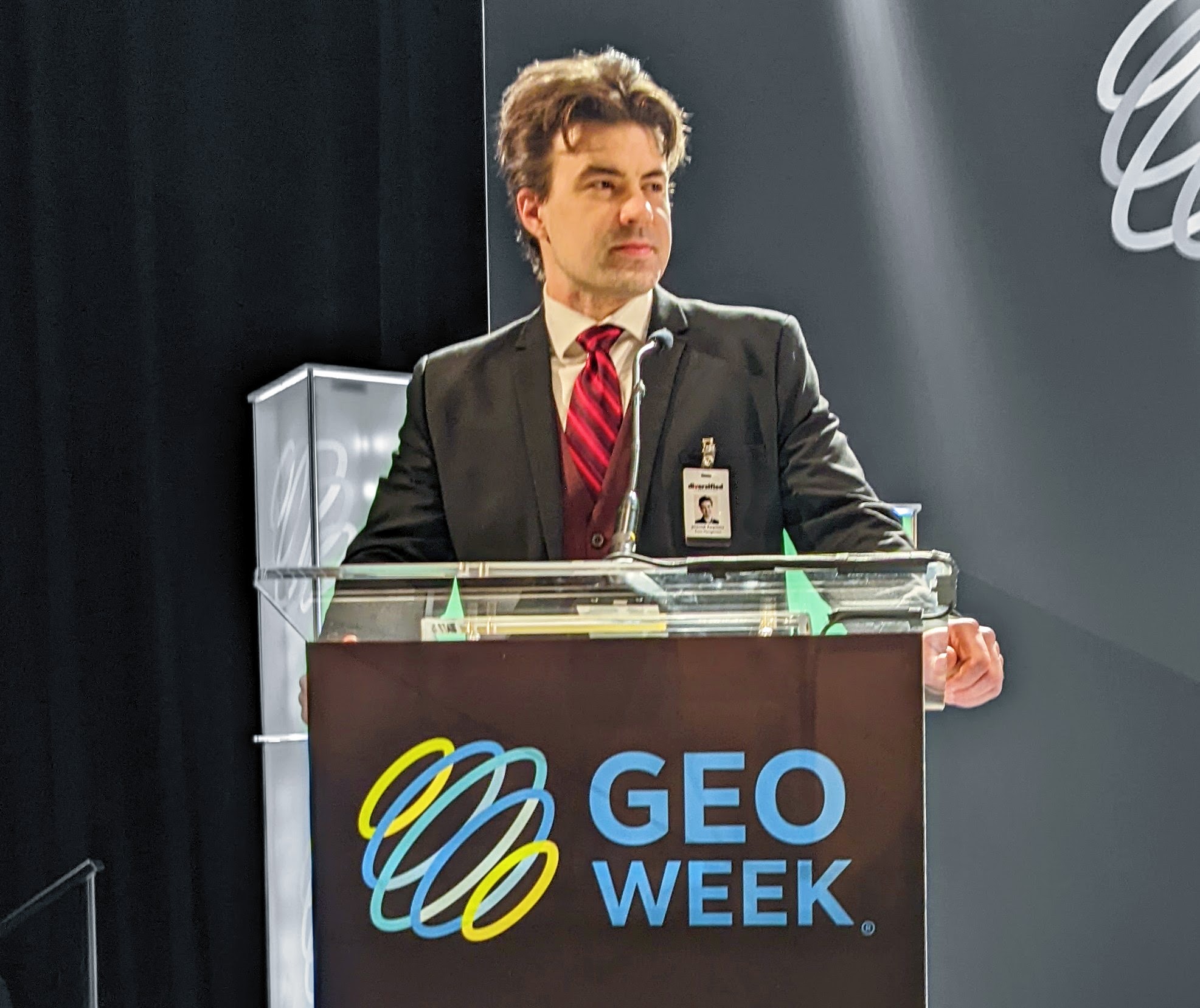To say that the McKinsey & Company study, which said that large construction projects typically go 80% over budget and take 20% longer to complete than scheduled, caught the attention of the AEC industry as a whole when it was released in 2016 would be an understatement. For years now, it’s been impossible to go to a conference or listen to a presentation about the present and future of the sector without hearing someone mention or reference it. It was a clear sign that expectations around the waste and inefficiency that had always been built into projects were changing.
However, what was always missing with those mentions and references was a clear call to action about what it would take to actually do something about that waste and inefficiency. While some discussed how these numbers should define the future of the construction industry with tech-driven processes that would eliminate these ineptitudes, few were ready to take action and define what digitalization for the entire sector could look like.
That’s part of the reason the recent news about Thoma Bravo selling a minority stake in Command Alkon to HeidelbergCement is so notable. It’s proof that a major player in the space has not only taken note of how integrated data-rich workflows can be utilized, but they’re making an investment to see them address these inefficiencies. Their new commitment to building cloud-based solutions could mean a massive shift toward digitalization for the entire sector.
It’s the exact sort of thing that David Boardman has been waiting to see happen, and he’s someone who knows what to look for with such things. Over the years, the CEO of Stockpile Reports has mused about whether or not photogrammetry would make laser scanning obsolete but also talked about drones being a tool just like any other while others worked through unrealistic expectations of the technology. What was most striking to him about this news is related to the speed and depth of change that it could instigate for an entire industry.
“Disruption is slow until it is fast,” Boardman said. “Major investments from private equity and new business strategies from incumbent players are the first signs that disruption is just around the corner. Whether HeidelbergCement realizes it’s business vision through the investment or not – it is a sign that digitization and disruption is coming to the construction and bulk materials industry."
For year now, we’ve detailed the sorts of efficiencies that tech-driven processes can enable. They’re especially relevant in construction, which as the McKinsey report proved, is one of the least digitized of any of any industry. What this investment by HeidelbergCement proves is that stakeholders have not only taken notice of this reality but are making digitalization investments to allow them to get to the cloud faster.
Of course, committing to solve problems in this manner isn’t without risks. Digitalization will undoubtedly bring about other problems and create new challenges for HeidelbergCement when it comes to integrating with established systems and processes. There’s also a risk that the market as a whole simply isn’t ready for it. A quick glance at Amazon revenues showcases the importance of timing, because if they had been a little bit earlier or later, a different company might be the one earning all of that income.
From where we are right now, it’s easy to think that using a software system to manage the inventory and delivery of a wide variety of products would be very successful. Amazon has used it to generate trillions, but that very approach to managing inventory and delivery is what Webvan pitched to success in the late 1990s. The company took its first orders in June 1999. It shut down in June of 2001 after burning through over a billion dollars. What might we have predicted in the year 2000 about a company that was looking to build it’s own delivery infrastructure versus one that was focused on being an online bookseller?
“Winners and losers are hard to predict when disruption starts, but time and time again the market rewards those with vision, market timing, and unique business models that provide a competitive advantage that delights customers,” Boardman told Geo Week News. “From home delivery to the mobile phone the road to disruption was chaotic, messy, and unpredictable – but when the dust settled all of the logos change and business models are unrecognizable.”
With a few key adjustments, could Webvan have been a “winner” in the same way that Amazon is today? Or was their timing around how and when consumers were ready to rethink their expectations around at-home delivery always going to be just a bit too early to capture market share?
That same question around timing and expectation was the one that HeidelbergCement was faced with when it came to solving challenges with their supply chain. However, we already have their answer, as they clearly don’t believe they’re too early when it comes to embracing tech-driven processes to solve them.
"Global supply chain technology are responding to the opportunity to achieve major profit by driving waste out of the construction and bulk materials industry," said Lisa Tener, CFO of Stockpile reports. "Some estimates are as high as $1.8 trillion available by just optimizing data workflows. These are big names looking for big gains and they won’t wait for people to catch up. They will just disrupt with digitization and take control."
The digitalization of the supply chain for the construction and bulk materials industry has clearly begun. Where it goes from here will be about much more than timing and could see the next report from McKinsey contain some very different insights about expectations of waste, market vision and necessary disruption.






